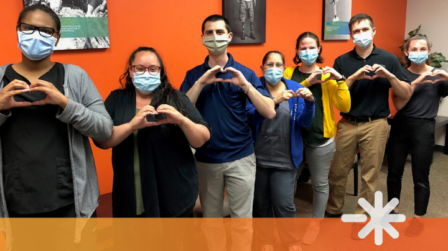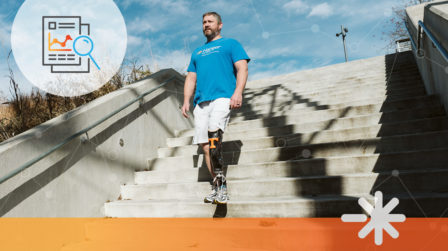Up-to-date information about Hanger Clinic’s response
Hip Orthoses
If you or your child have a hip disorder or have had hip surgery, you may require a hip orthosis to stabilize the hip, limit motion, or allow the hip to heal.
Hip Disorders
Hip disorders affect the hip joint, impacting thigh movement and your ability to support the weight of your body. In many instances, these disorders can cause pain and discomfort.
Common hip disorders include:
- Chronic Hip Instability – Adult patients who have experienced a subluxation of their hip may be at risk for similar dislocations in the future.
- Developmental Dysplasia – A shallow hip socket that allows a newborn baby’s hip to easily dislocate.
- Perthes Disease – Bone degeneration affecting children ages 3-11 years due to inadequate blood supply to the bones.
Hip Orthoses Can Help
The components of a hip orthosis include a hip/pelvic girdle, thigh cuff, and hip joint. The joints are usually adjustable, allowing some degree of movement. This alignment positions the head of the femur in the hip socket allowing the ligaments, bone, and surrounding muscles to heal.
Your orthotist, in partnership with your orthopedic surgeon, will choose and fit the proper hip brace to best suit your needs.
Request a Free Evaluation
Our clinicians are experienced in treating hip disorders. To find out if a hip brace is right for you, reach out to us today to schedule a free consultation.



